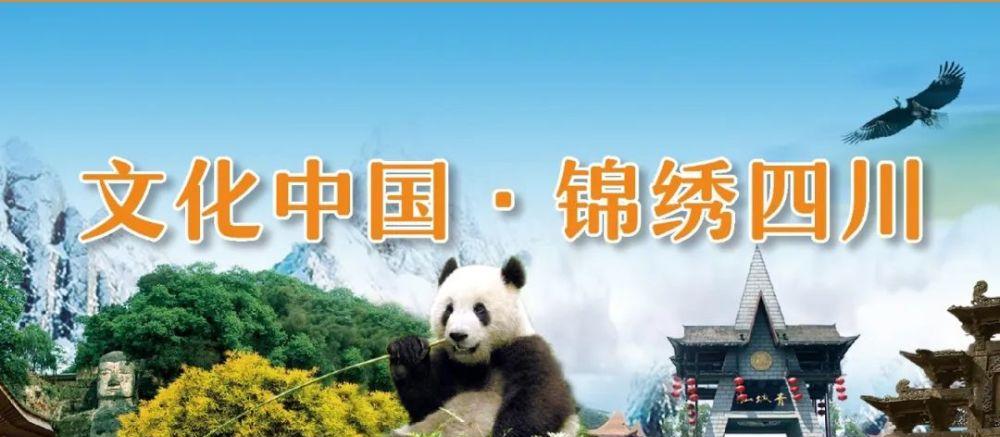Welcome to pay attention to "Fangzhi Sichuan"!

wen
change
not
lose
White Horse Tibetan Folklore
Classification of "㑇舞" masks
The main mask of the 㑇舞 is a variety of animal masks, commonly referred to in Chinese as "twelve phases", but in fact the 㑇 dance has nothing to do with the "twelve phases" in traditional Chinese physiognomy. There is no specific number and type of masks, whether it is a real creature species in the world or a legendary mythical beast, it can be carved into a mask and enter the team of the dance.
There is no specific limit on the number of masks, but it pays attention to the single and double numbers. Usually the dance is used singles without doubles, and the general appearance masks are 7 groups, 9 groups, 11 groups, 13 groups, etc., in short, to use the singular.
Jiuzhaigou County's dance masks are commonly found in the following 11 types:
Lion's head
The white horse language is called "se-eu". In the minds of the White Horse people, the lion is the king of the hundred beasts, fierce in form, unstoppable, and able to overwhelm everything and stand in an invincible position.
tap
The white horse language is called "Zhuou", because the Dragon King can control the water, control the rain, and make the local wind and rain smooth, and the grain is abundant. In ancient times, the White Horse people cultivated by watching the sky to eat, so the importance of the dragon is self-evident, the dragon is one of the gods that the White Horse people especially worship, so the dragon head is a natural member of the mask of the Dance.
Tiger head
The white horse language is called "Daou", the tiger is the king of the mountain, it is particularly eye-catching on the head with the innate king character, the white horse people worship the tiger god very much, thinking that the heavens specially gave the tiger the status in the mountain, is a very auspicious god beast.
Bull's head
The white horse language is called "Lang Ou", the cow is the cow king bodhisattva in the heart of the white horse people, also known as the "sitting mountain king", can serve the production and life of human beings, is a good helper of the white horse people, so it has special feelings for it.
Eagle head
The white horse language is called "some nao", the eagle is a bird of prey flying in the sky, can eat poisonous snakes to protect humans, so the carved mask also holds a poisonous snake in its mouth.
Bear's head
The white horse is called "Tease Ou" in the white horse language, and the bear is a symbol of bravery in the minds of the white horse people, and is the Hercules of the animals. In ancient times, many tribes of the White Horse people were named after bears, and gave their families bear names, called white bear tribes, black bear tribes, etc.; or as family names, such as white bear cards, black bear cards, etc.
Phoenix head
The white horse language is called "Qiu Ou", the phoenix is the king of birds, the whole body feathers are dazzling, brilliant, clean and tidy, stretching beautifully, is the auspicious and beautiful bird in the minds of the white horse people.
Snakehead
The white horse language is called "Rio", the snake is a master rat exterminator, can help humans eliminate rats that steal food, and is a friend of the white horse people.
Unicorn head
The white horse language is called "out of she'ou", the unicorn is an ancient legendary animal, covered in scales, long horns on the head, with phoenix hair, symbolizing auspiciousness.
Leopard head
The white horse language is called "Wing Ou", the legend is that the gods sent by heaven to protect the food of the cat changed, the leopard is smaller than the tiger, the whole body is covered with yellow, white, black spotted patterns, is second only to the tiger carnivores, fierce temperament. In the past, in the deep mountains where the White Horse people lived, the golden leopard and the snow leopard were relatively common.
Crow's Head (also known as Spring Bird's Head)
Known as "Bamboo Gangou" in white horse language, it is a type of crow, which is a red-billed white-necked crow. This bird is very seasonal and only comes in the spring, and the locals call it spring birds. Red circles, red beak shell, red claws, it announces good news and good news, known as the peace bird, is an auspicious bird.
There are many more beast masks of the White Horse People, it is said that the number is up to 100, but with the passage of time, only these ten kinds have been preserved. With the continuous development of society, the old masks gradually disappeared and many new mask varieties appeared.
In recent years, some villages in Jiuzhaigou have begun to appear giant panda head masks, golden monkey masks, although the carving techniques, aesthetics and images are far less than the masks handed down, but the emergence of new masks is a useful supplement to the dance, but also reflects the revival, development and innovation of the art of the dance in Jiuzhaigou.
(Note: The original materials are derived from the internal books "White Horse Folk Customs Collection" and "Jiuzhai History")
Source: Sichuan Provincial Local History Work Office
Written by: Jiuzhaigou County Party History Research and Local History Compilation Center
Contributed by: Aba State Local History Office
Some of Fangzhi Sichuan's pictures, audio and video come from the Internet, only to disseminate more information. The copyright of the pictures, audio and video contained in the article belongs to the original author or media.